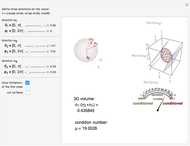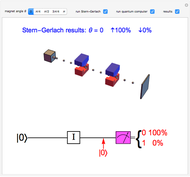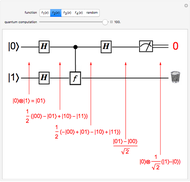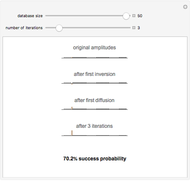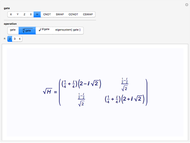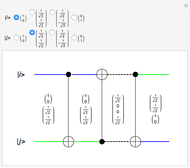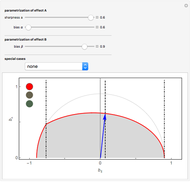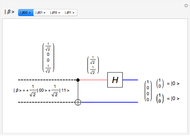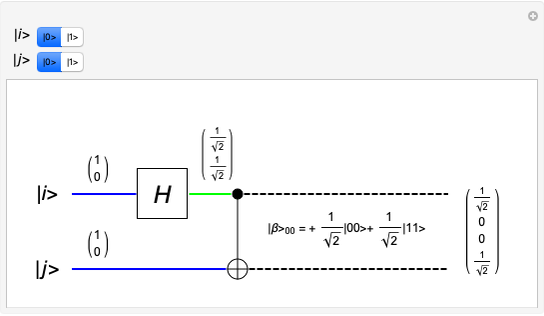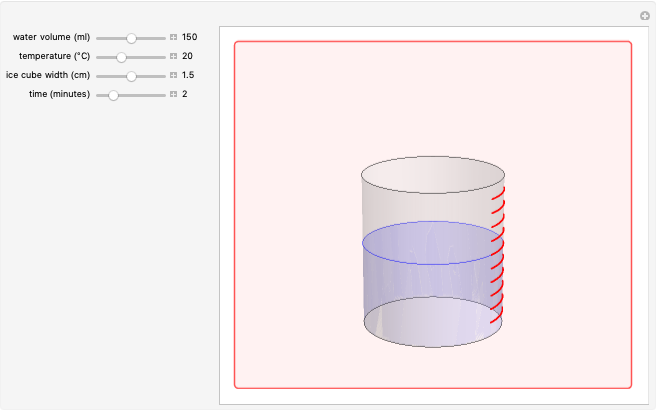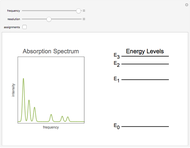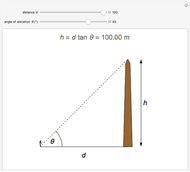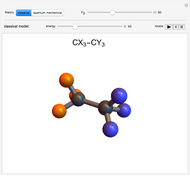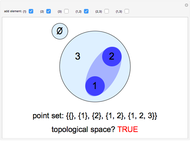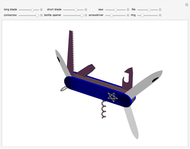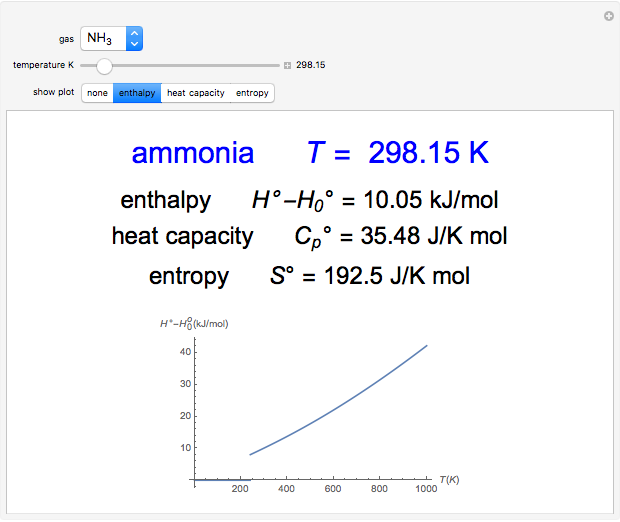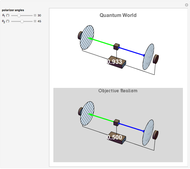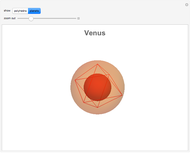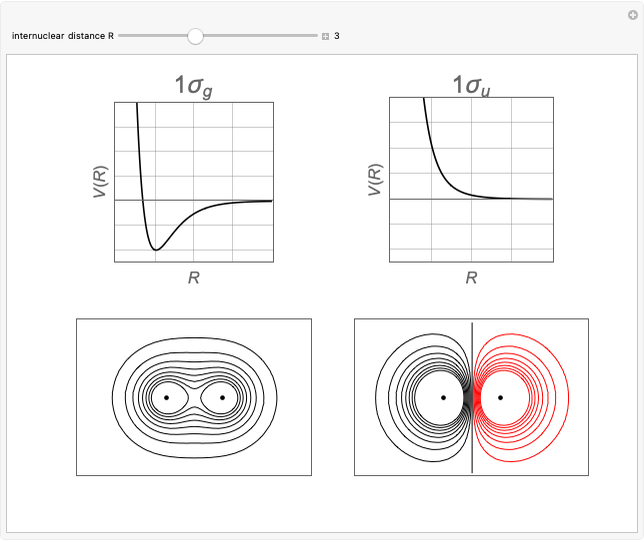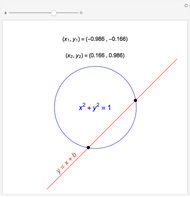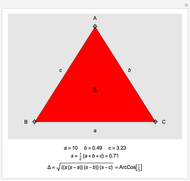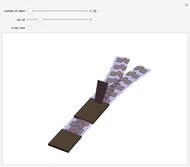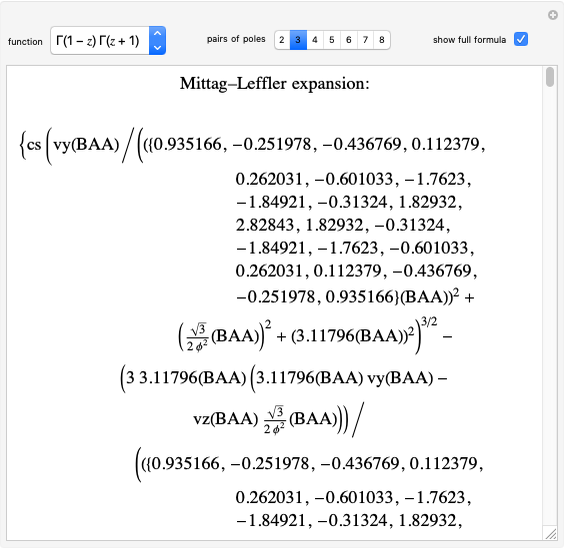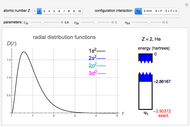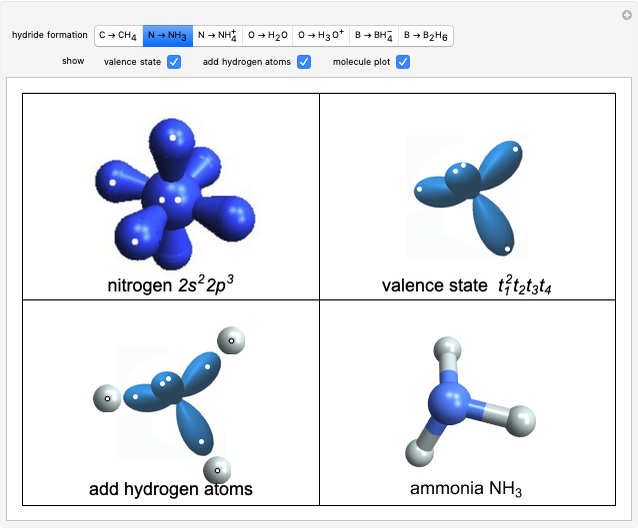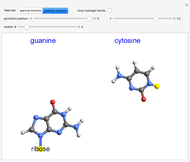Single-Qubit Quantum Gates on a Bloch Sphere

Requires a Wolfram Notebook System
Interact on desktop, mobile and cloud with the free Wolfram Player or other Wolfram Language products.
Using the Bloch sphere, a cubit  can be represented as a unit vector (shown in red) from the origin to the point on the unit sphere with spherical coordinates
can be represented as a unit vector (shown in red) from the origin to the point on the unit sphere with spherical coordinates  . A single-qubit quantum gate
. A single-qubit quantum gate  operating on
operating on  produces a rotated qubit
produces a rotated qubit  , represented by the green vector. Check the box for "add gate 2?" to perform a second operation using gate
, represented by the green vector. Check the box for "add gate 2?" to perform a second operation using gate  . This produces another qubit
. This produces another qubit  , which is represented by the blue vector. You can choose from the gates H, X, Y, Z, S and T as defined in the Details.
, which is represented by the blue vector. You can choose from the gates H, X, Y, Z, S and T as defined in the Details.
Contributed by: S. M. Blinder (August 2017)
Open content licensed under CC BY-NC-SA
Snapshots
Details
The action of the single-qubit quantum gates can be represented by  unitary matrices acting on the qubit
unitary matrices acting on the qubit
 :
:
Hadamard gate: TextData[" "]=(111-1),
"]=(111-1),
 Pauli X gate:
Pauli X gate:  InlineMath=(0110),
InlineMath=(0110),
Pauli Y gate: TextData[" "]=(0-ii0),
"]=(0-ii0),
 Pauli Z gate:
Pauli Z gate:  InlineMath=(100-1),
InlineMath=(100-1),
 phase (or
phase (or  gate:
gate:  InlineMath=(100i),
InlineMath=(100i),

 gate:
gate:  InlineMath=(100ei π4).
InlineMath=(100ei π4).
 In general, the operation
In general, the operation  InlineMath (αβ) gives a qubit of the form
InlineMath (αβ) gives a qubit of the form
 ,
,
with an overall phase factor  of no physical significance. Multiplication by
of no physical significance. Multiplication by  removes this factor and reduces the qubit to the canonical form
removes this factor and reduces the qubit to the canonical form
 .
.
References
[1] M. A. Nielsen and I. L. Chuang, Quantum Computation and Quantum Information: 10th Anniversary Edition, Cambridge: Cambridge University Press, 2010.
[2] G. Fano and S. M. Blinder, Twenty-First Century Quantum Mechanics: Hilbert Space to Quantum Computers, Berlin: Springer, 2017.
Permanent Citation







